“The advancement and diffusion of knowledge is the only guardian of true liberty.” – James Madison
What is Diffusion?
One of the definitions of diffusion according to Merriam Webster is: “the spread of cultural elements from one area or group of people to others by contact.” The diffusion of innovation has been around since the 60’s. Wikipedia explains, “Diffusion of innovations is a theory that seeks to explain how, why, and at what rate new ideas and technology spread. Everett Rogers, a professor of communication studies, popularized the theory in his book Diffusion of Innovations; the book was first published in 1962…Rogers proposes that four main elements influence the spread of a new idea: the innovation itself, communication channels, time, and a social system. This process relies heavily on human capital. The innovation must be widely adopted to self-sustain. Within the rate of adoption, there is a point at which an innovation reaches critical mass.”
How Does Diffusion Of Ideas Begin?
The national media (communication channels) is a substantial platform that often sets the tone and introduces the topics for kitchen table conversations around the country for such diffusion. Kitchen table conversations can change the home, changed homes can transform communities; changed communities can climb up the social ladder to eventually turn a nation. We are starting to see a popularization of national news outlets leading the proper conversations. Oddly enough, social change follows the same pattern of technological purchases. Human behavior follows trends whether it is buying the newest iPhone or changing a nation. Not everyone will stand in line for hours to get the latest phone nor will every one lead the charge for pragmatic change. There are five categories where people will fall.
THE 5 CATEGORIES: People Who Help Spread Ideas
- Innovators
- Early Adopters
- Early Majority
- Late Majority
- Laggards
Are we Beginning to Influence Diffusion of The Idea of Addiction As A Disease?
A great example of this is the New York Times article released entitled, “Treat Addiction like cancer.” it states: “Addiction, like cancer, is a complex disease that requires a multipronged approach. It also affects 1.5 times as many people as those with all cancers combined, and it was pivotal in causing some 64,000 overdose deaths in 2016 alone. It makes no sense that what is fast becoming our greatest health care crisis, is still dealt with mostly outside the mainstream medical system.”
By the time articles like this begin to spring up society is at least at the point of early adopters. Innovators rarely make headlines in their discovery phase. Laura Hilgers in the article writes, “Our understanding of addiction is different now. The surgeon general’s report defines it as a “chronic neurological disorder” and outlines evidence-based treatments.” Many of us have known this for years, even decades. How can this information help those already in the know?
“Form a facilitating co-creativity perspective (whether a day-long short workshop or a long-term culture change), I have found that it is much easier and quicker if you recognize the differences, and let people join into the creative process wherever along the bell curve they are. Not only will their resistance go down, but their contribution will also go up. The adoption bell curve is at work whether a leader or facilitator wants it to be or not. We can learn to use the natural trajectory of this adoption process in co-creative work teams, instead of fighting it.”
This implies we should meet people where they are. To do that we must both correctly identify where we are and where they are. An innovator has no chance of influencing a laggard. Innovators need no influencing; they create the influence. Early adopters and the early majority can be non-abrasively presented with facts and possibly won over.
How can we Help Spread Awareness of Addiction?
That approach is less likely to work on the late majority. If a mind can’t be won, maybe a heart can. Perhaps all we can do is put down the argument and be the example. This could be either personally or professionally. If a person is not ready to hear that addiction is a disease, maybe not trying to debate them but instead changing their experience of addicts and those who advocate for addicts is the best approach. If the mind can’t be changed the heart can still be touched. Sometimes the best argument is no argument at all, but merely an example.
- Cymbalta Withdrawal: Causes, Symptoms, And Management - October 12, 2023
- Boredom in Recovery: 5 Tips to Avoid Relapse - October 6, 2023
- Overconfidence and Rehab: Avoiding Relapse - October 4, 2023




